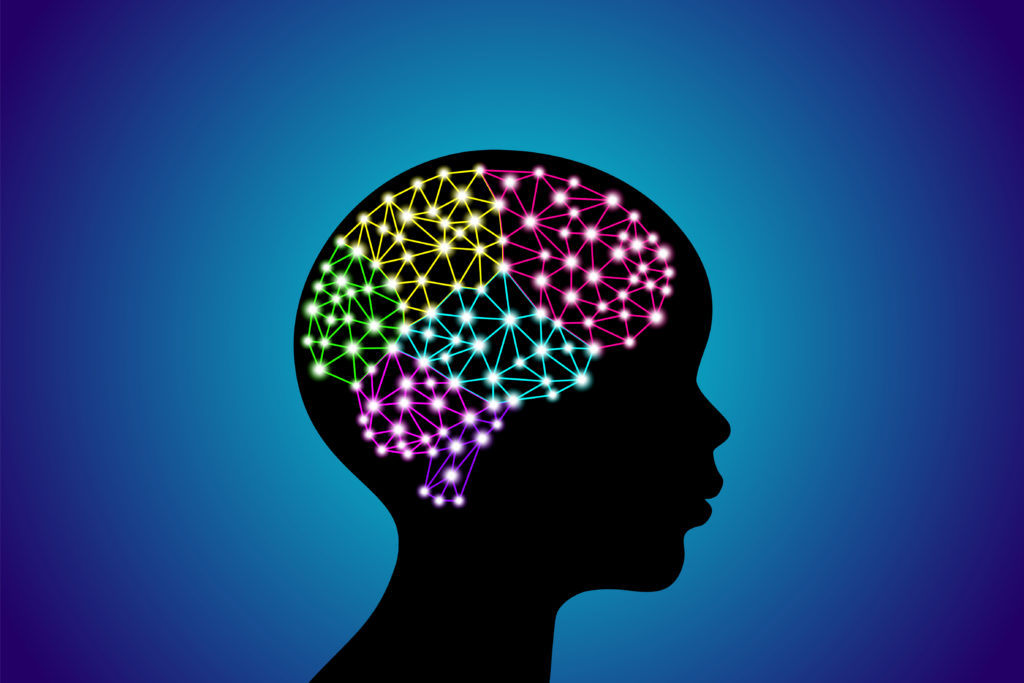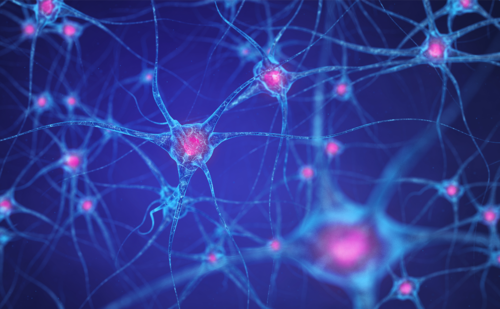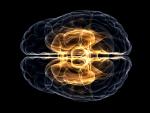Search Results
Showing Results for neonates

Seizures are one of the most frequent neurological disorders in neonates − the incidence of seizures in infants born at term is 1–3 per 1,000 live births, and is even higher in both preterm and very-low-birth-weight infants at 1–13 per 1,000 live births.1 Seizures may ...

Molybdenum cofactor deficiency (MoCD) is an ultra-rare genetic disease that remained untreatable until the recent introduction of cyclic pyranopterin monophosphate (cPMP) substitution. This article aims to comprehensively review the rationale behind cPMP substitution, its effectiveness in clinical scenarios, the development ...

Spinal muscular atrophy (SMA) is a progressive neuromuscular disorder affecting approximately 1 in 10,000 births. It is characterized by predominantly proximal muscle weakness as a result of degeneration of anterior horn cells of the spinal cord.1 In most patients with SMA, the ...

Report from a Satellite Symposium held at the 28th Annual Congress of the European Society for Intensive Care Medicine, Berlin, Germany, 5 October 2015 Temperature management to avoid fever is standard practice in patients with traumatic brain injury (TBI), subarachnoid haemorrhage and ...

Modern anaesthetic practice requires the anaesthesiologist to care for extremely sick patients while negotiating the intricacies of myriad procedural environments. One such unique environment that is becoming increasingly important for contemporary anaesthesiologists to be familiar with is that of the ...

Alzheimer’s disease (AD) is the epitome of a progressive degenerative disease of the brain and culminates in dementia characterised in the beginning stages as a failure to retain new information for appropriate retrieval. As the underlying disease progresses, the ...

Alzheimer’s disease (AD) is the epitome of a progressive degenerative disease of the brain and culminates in dementia characterized in the beginning stages as a failure to retain new information for appropriate retrieval. As the underlying disease progresses, the ...

Modern anaesthetic practice requires the anaesthesiologist to care for extremely sick patients while negotiating the intricacies of myriad procedural environments. One such unique environment that is becoming increasingly important for contemporary anaesthesiologists to be familiar with is that of the ...
Latest articles videos and clinical updates - straight to your inbox
Log into your Touch Account
Earn and track your CME credits on the go, save articles for later, and follow the latest congress coverage.
Register now for FREE Access
Register for free to hear about the latest expert-led education, peer-reviewed articles, conference highlights, and innovative CME activities.
Sign up with an Email
Or use a Social Account.
This Functionality is for
Members Only
Explore the latest in medical education and stay current in your field. Create a free account to track your learning.

